UNESCO Intangible Cultural Heritage – food
Food culture binds us to our birthplace. Those of us who have emigrated to a new country bring with us our food traditions and heritage. Those who travel dream of trying dishes not found in our own countries.
The UNESCO Intangible Cultural Heritage list includes food festivals and celebrations and rare types of cuisine and important dishes that are close to cultural identity.
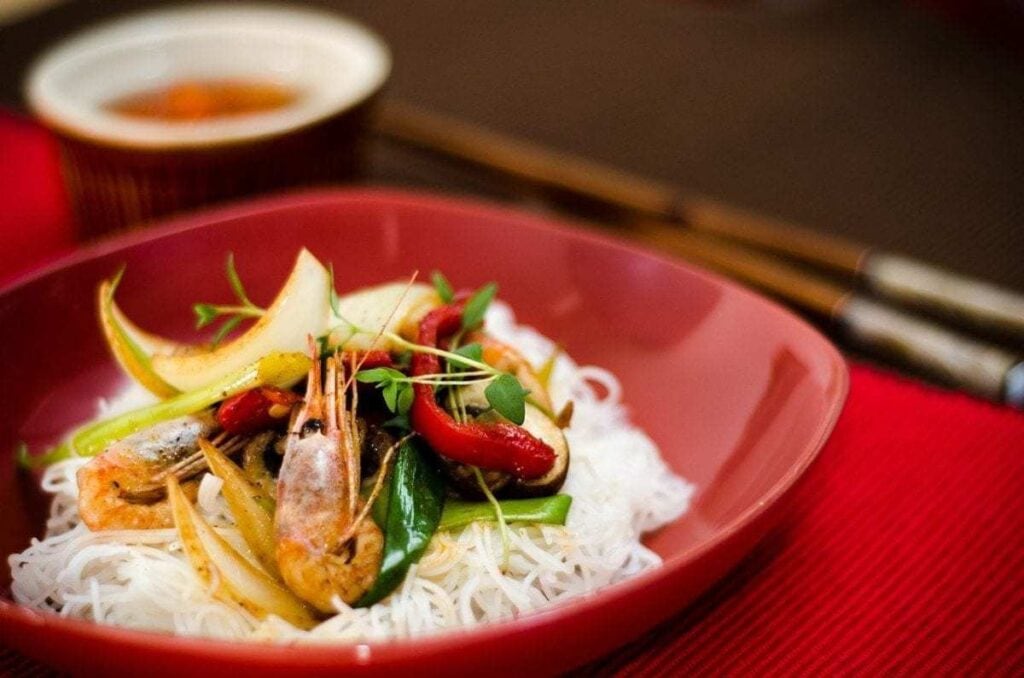
In attempting to recognize food as an Intangible Cultural Heritage UNESCO has often caused insult to nations attempting to gain the designation. Cultural foods are an important part of a nation’s heritage and economic development these food traditions bring the people together over shared meals and work to aid community development projects in culinary tourism.
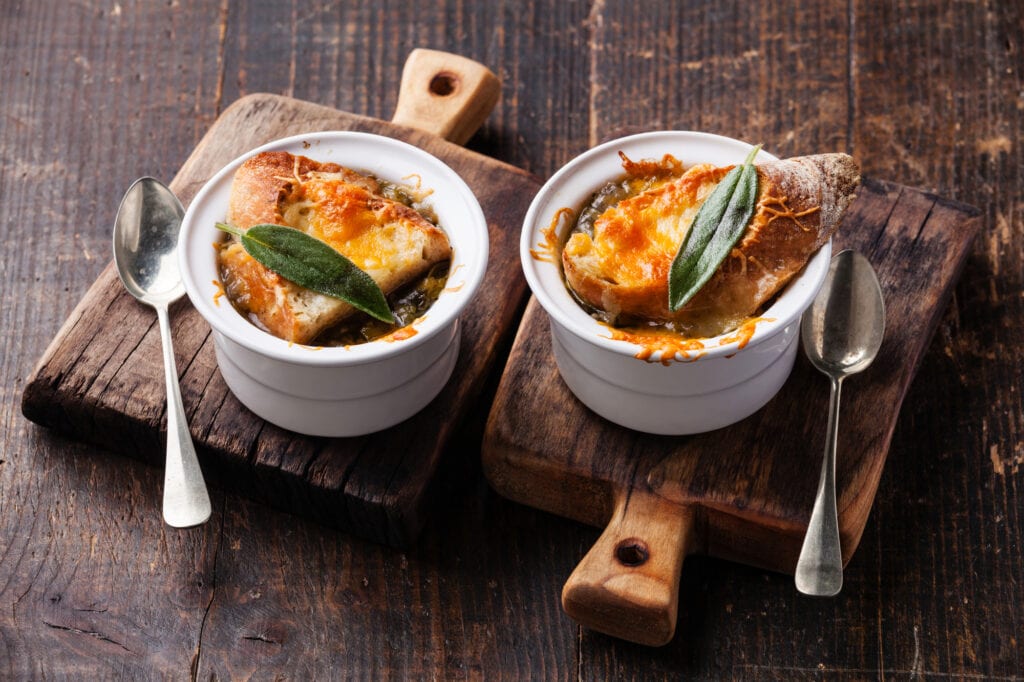
- UNESCO Intangible Cultural Heritage – food
- What is UNESCO intangible cultural heritage food?
- What is a City of Gastronomy?
- City of Gastronomy facts
- UNESCO food heritage list
- Airag – Mongolia
- Kahvesi – Turkey
- Tucson – Arizona
- Macao
- French Baguette
- French Gastronomic Meal
- Mediterranean diet
- Il-Ftira, Malta
- Naples’ Pizza Twirling Neapolitan Pizza
- Parmigiano & Prosciutto – Italy
- Hyderabad: UNESCO Creative City of Gastronomy
- Ceremonial Keşkek, Turkey
- Belgium’s Beer Culture
- Mexican Food
- Qvevri Wine Making in Georgia
- Gingerbread from Croatia
- Lavash, Katyrma, Jupka & Yufka from Iran, Azerbaijan, Kazakhstan, Kyrgyzstan, Turkey
- Oshi Palav, Tajikistan
- Palov – Uzbekistan
- Kimjang – Kimchi in Korea
- Couscous
- Nsima – Malawi
- Washoku – Japan
- Dolmas – Azerbaijan
- Sichuan – Chengdu City of Gastronomy
- Krakelingen and Tonnekensbrand – Belgium
- Winegrowers’ Festival – Switzerland
- Terere – Paraguay
- Peruvian Ceviche
- German Bread
- Singapore’s Hawker Centers
- Viennese Coffee House Culture
What is UNESCO intangible cultural heritage food?
‘Intangible Cultural Heritage (IHC)‘ indicates ‘the practices, representations, expressions, knowledge, skills – as well as the instruments, objects, artefacts and cultural spaces associated therewith – that communities, groups and, in some cases, individuals recognize as part of their Cultural Heritage’ (UNESCO, 2003).
There are only two countries that have obtained IHC designation for their country cuisine and they are France and Mexico. The Gastronomic Meal of the French and specifically for Mexico the cuisine of Michoacán and its importance to Mexico’s cultural identity.
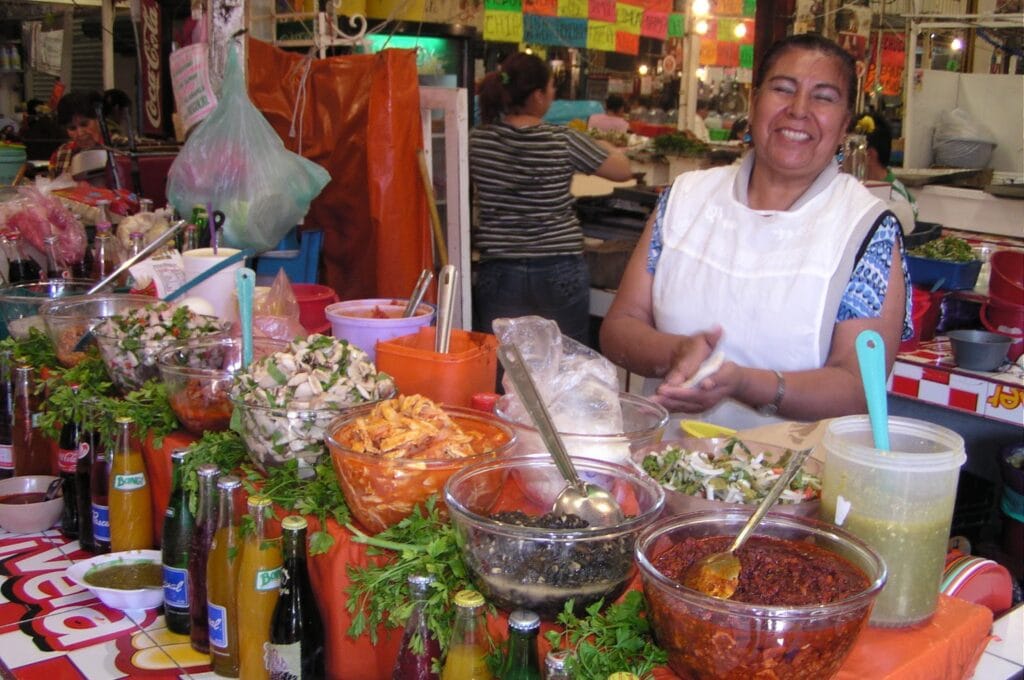
Mediterranean cuisine was also listed by UNESCO, not specifically for the food of a particular place but for the way of life that gives rise to the Mediterranean diet. In 2013, the Mediterranean diet of Spain, Italy, Portugal, Morocco, Croatia, Cyprus, and Greece was included on the list. UNESCO.
What is a City of Gastronomy?
UNESCO’s City of Gastronomy project is part of the Creative Cities Network. To be designated as the Creative City of Gastronomy, the city needs to submit a proposal that includes certain criteria such as; the use of traditional knowledge and local ingredients, local know-how, traditional culinary practices and methods of cooking that have survived industrial/technological advancement; Traditional food markets and traditional food industry; and respect for the environment and promotion of sustainable local products. Currently, there are thirty-six cities noted as a City of Gastronomy.
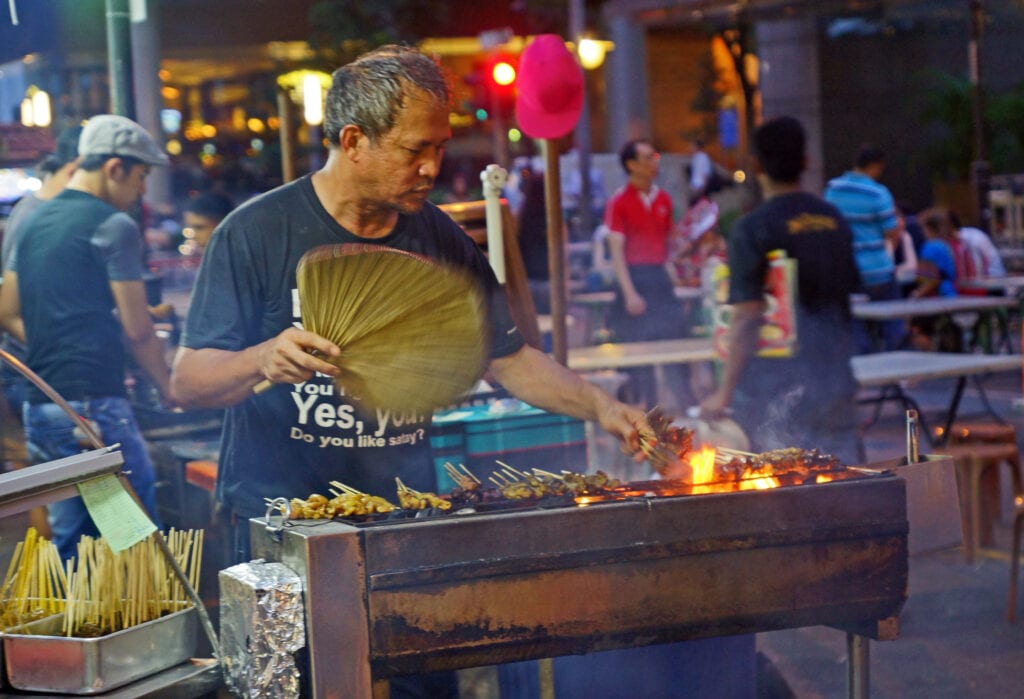
City of Gastronomy facts
There are thirty-six Cities of Gastronomy. Eight countries have more than one designated city. Brazil has as many as four and China has four if Macao is included. Turkey and Italy both have three Cities of Gastronomy, while Colombia, Mexico, Spain and the United States have all two entries.
The first City of Gastronomy was Popayán in Colombia, designated in 2005.
Chengdu is the capital of Sichuan and Sichuanese cuisine and is one of the most popular types of cuisine in China. The city is the birthplace of numerous dishes and snacks, including mapo doufu and dan-dan noodles, and has a distinct and vibrant tea house culture.
Bergen in Norway is a port city with a long history in the seafood trade. Bergen hosts the world’s largest conference on seafood, the North Atlantic Seafood Forum Conference,
Rasht represents Iranian cookery. The dominant foods are various types of fish. The region is famous for several distinctive dishes as well as the typical cooking method in Gamaj clay pots.
Tucson, Arizona has a rich agricultural heritage, thriving food traditions, and culinary distinctiveness according to UNESCO. Tucson is well known for its Sonoran-style Mexican food.
Alba Italy is famous for its white truffles and vineyards. The city is referred to as the White Truffle Capital and holds an annual Truffle Festival. Alba also played a key role in the creation and development of the Slow Food movement.
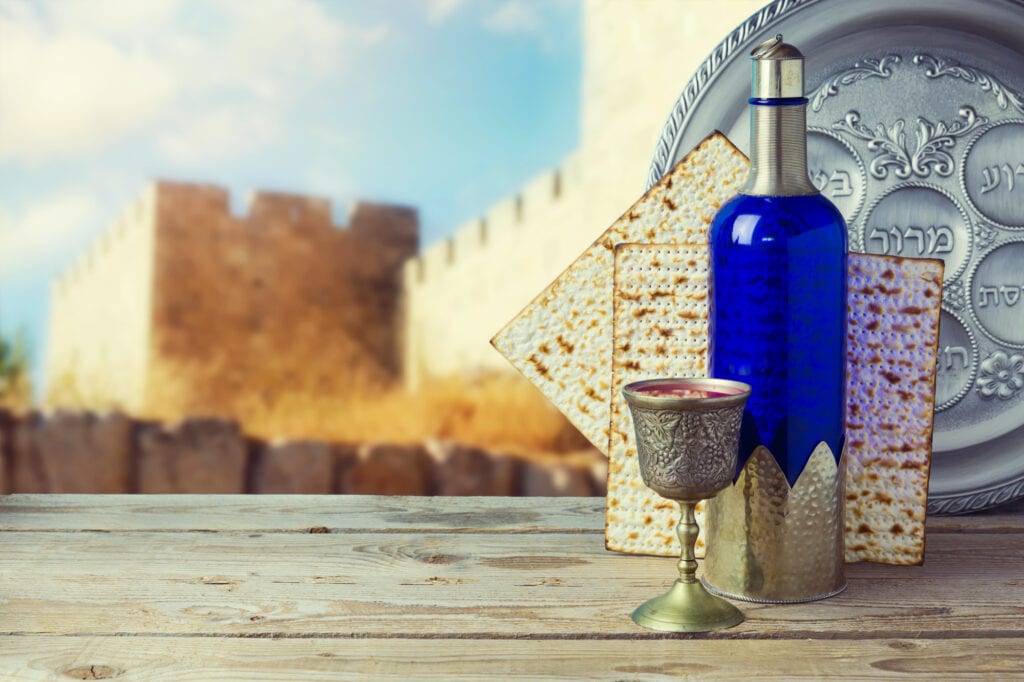
Macau represents a unique blend of Cantonese and Portuguese influence. The fusion of these two cultures resulted in dishes like African Chicken which includes Asian ingredients and peri-peri peppers brought from Mozambique.
Belém in Brazil is situated across 39 islands – this feature provides a diversity of local food products such as seafood, açaí, cocoa and pupunha. The city has a famous historic food market, Ver-o-Peso, where food-related events are held.
In spite of UNESCO’s reluctance to consider many food nominations for the IHC list some countries have managed to have their traditional food or food festivals put on the list. This list includes 36 foods, food festivals and Cities of Gastronomy inscribed on the lists.
UNESCO food heritage list
Airag – Mongolia
Airag from Mongolia is a fermented dairy product that is alcoholic and is drunk primarily in the Central Asian steppes. In Mongolia Airag or kumis as it is known here is made by churning fresh horse milk inside a khokhuur which is a container made from cowhide.
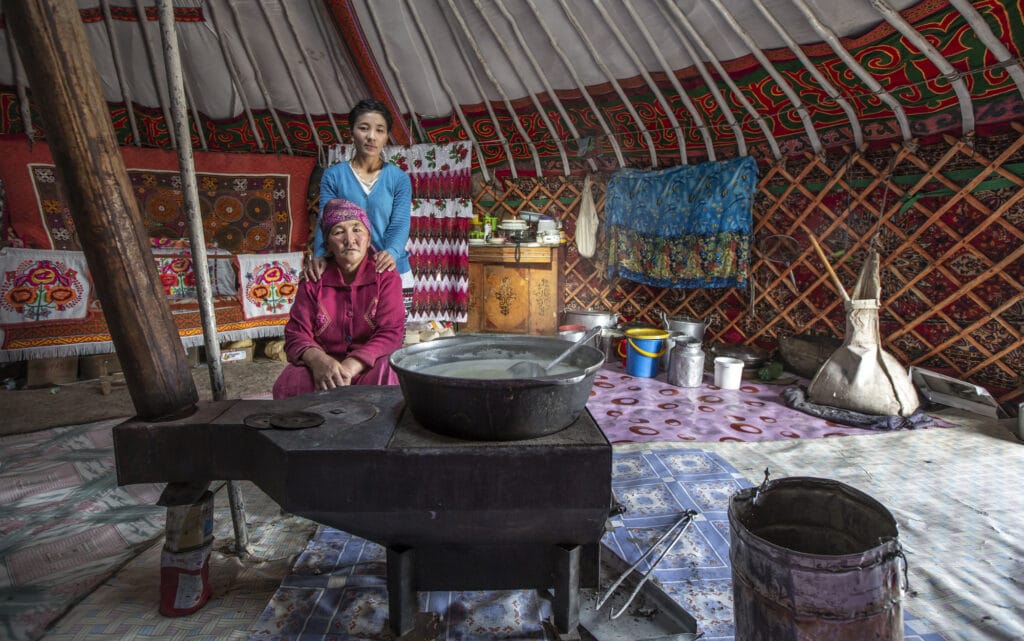
To make airag a special paddle known as a buluur is used. The milk has to be churned over 500 times before the yeast can be added. The yeast allows fermentation to take place. Airag usually has up to only 2% alcohol and has a slightly sour, taste. It is used in many religious and cultural ceremonies in Mongolia.
Kahvesi – Turkey
Coffee is an integral part of the culture in the Middle East, and Turkey is no exception. Coffeehouses were first opened in the capital over 500 years ago, and now you can find one in all the neighbourhoods in Istanbul. Turkish coffee uses finely ground coffee beans which are boiled with sugar and cardamom in a small coffee pot called a cezve.
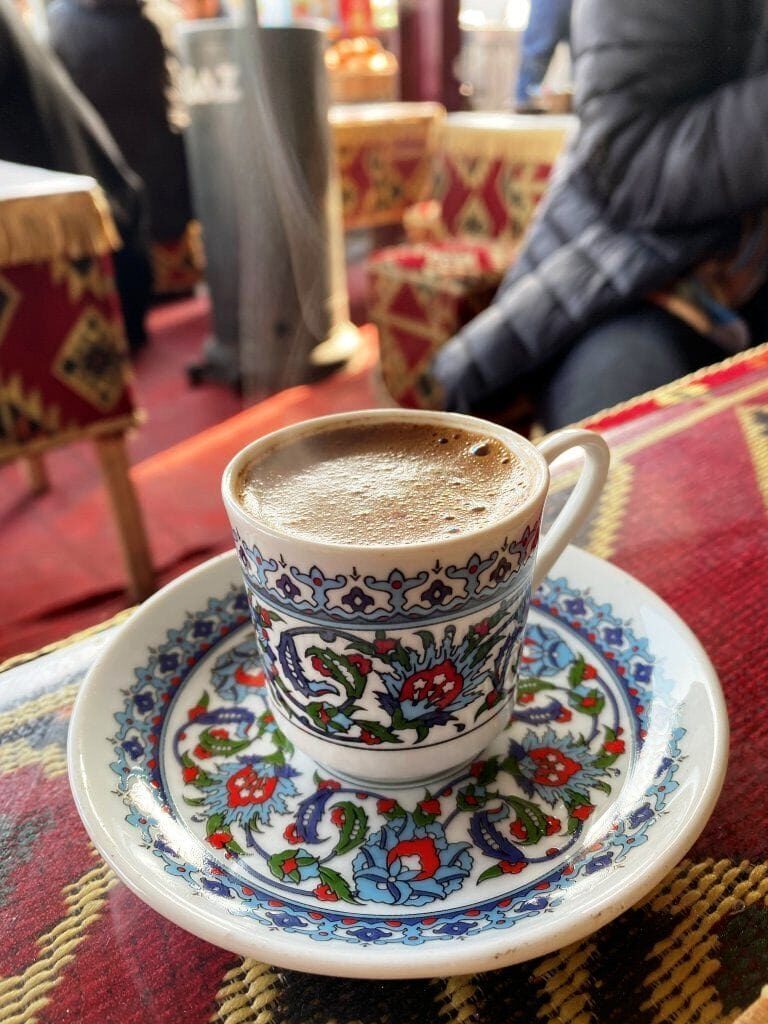
The coffee is served in small cups and, as the coffee is unfiltered, it usually sits for a couple of minutes before it is served. This allows the grounds to sink to the bottom of the cup. There’s usually a thin layer of foam on the top of the coffee, and you usually drink it black without cream or milk. If you have a sweet tooth, you can add more sugar. Just remember not to drink the last sip, as the grounds aren’t pleasant to drink. And, in some regions, people believe that you can tell your fortune from the coffee grinds left in the cup. Contributed by Roxanne of FarAwayWorlds.
Tucson – Arizona
In 2015 Tucson, Arizona became the first city in the U.S. to be named a UNESCO City of Gastronomy. According to UNESCO, Tucson has the “longest agricultural history of any city in the United States.” In Tucson, food culture is built on a deep understanding of what the land can provide.
Tucson is considered a “model of an economy based on gastronomy.” This means that Tucson has integrated gastronomy into sustainable urban development, agriculture and food production. Being on the UNESCO list means that several restaurants are recognized for their culinary offerings.
El Guero Canelo is one of these and they serve a Sonoran Hot Dog. This hot dog moved to Arizona from Mexico where it became a city favourite. It consists of a hot dog that is wrapped in bacon and grilled, served on a bolillo-style hot dog bun, and topped with pinto beans, onions, tomatoes, and a variety of additional condiments, often including mayonnaise, mustard, and jalapeño salsa – sounds like heaven on a plate to me.

Macao
In 2017 Macao was named a City of Creative Gastronomy by UNESCO. Located 40 miles off the shore of Hong Kong, it was here that Eastern and Western cuisines first melded, becoming home to the world’s first fusion food.
For four hundred years this island was administered by the Portuguese with the permission of the Chinese Government. Portugal wanted access to this remote spot in order to facilitate its trading efforts. Since the island was returned to Chinese rule in 1999, very few Portuguese residents remain. However, the food traditions that were created over four centuries remain.
Today the cuisine is called Macanese, combining food and cooking techniques primarily from Portugal and Southern China. But thanks to its long time involvement in worldwide trade, it has been influenced by spices and ingredients from many other regions including Africa and Latin America. Among the best-known dishes are Portuguese salt cod, Macanese chilli shrimp, and African chicken.
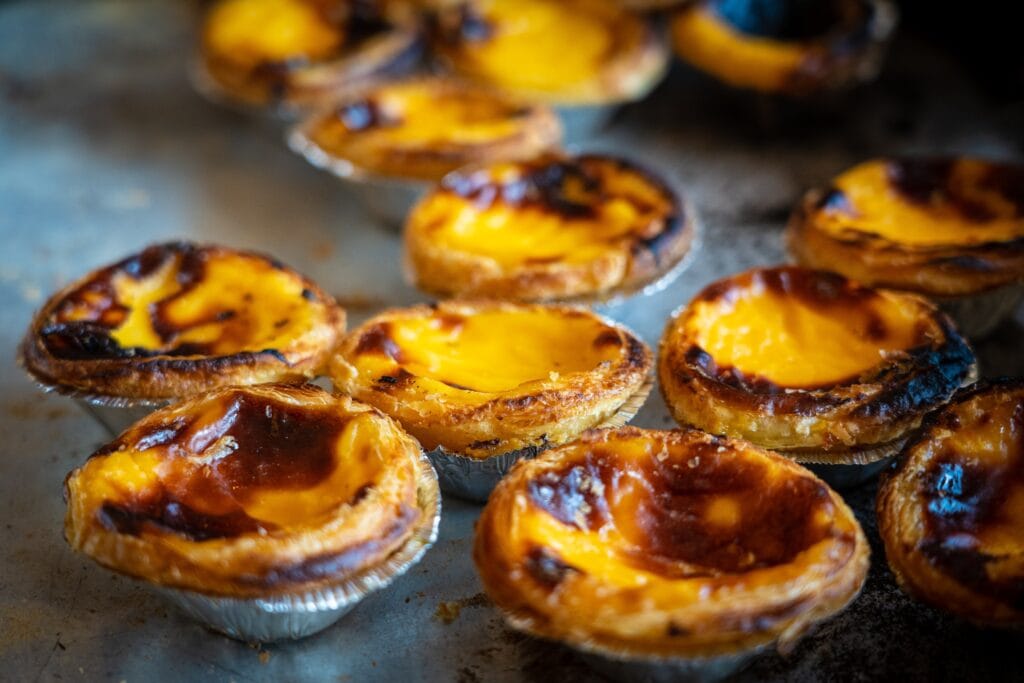
But probably the single most popular food item in Macau is pastéis de Nata or egg tart. These sweet treats can be found at dozens of bakeries and cafes. Contributed by Wendy of EmptyNestersHitTheRoad.
French Baguette
The everyday baguette is an item so iconic in French life few people give it a second thought. At the same time, life without it would seem unthinkable – it has been a staple in France for at least two centuries.
No one is certain of its origins, but there are several stories. Some believe it was invented to help Napoleon’s soldiers carry their rations more easily. Another story (admittedly less popular) places the invention of the baguette in the hands of an emigre Viennese baker, and yet another suggests practicality – the baguette was easy to cook, had plenty of crust, and thus emerged naturally. And there are plenty more stories.
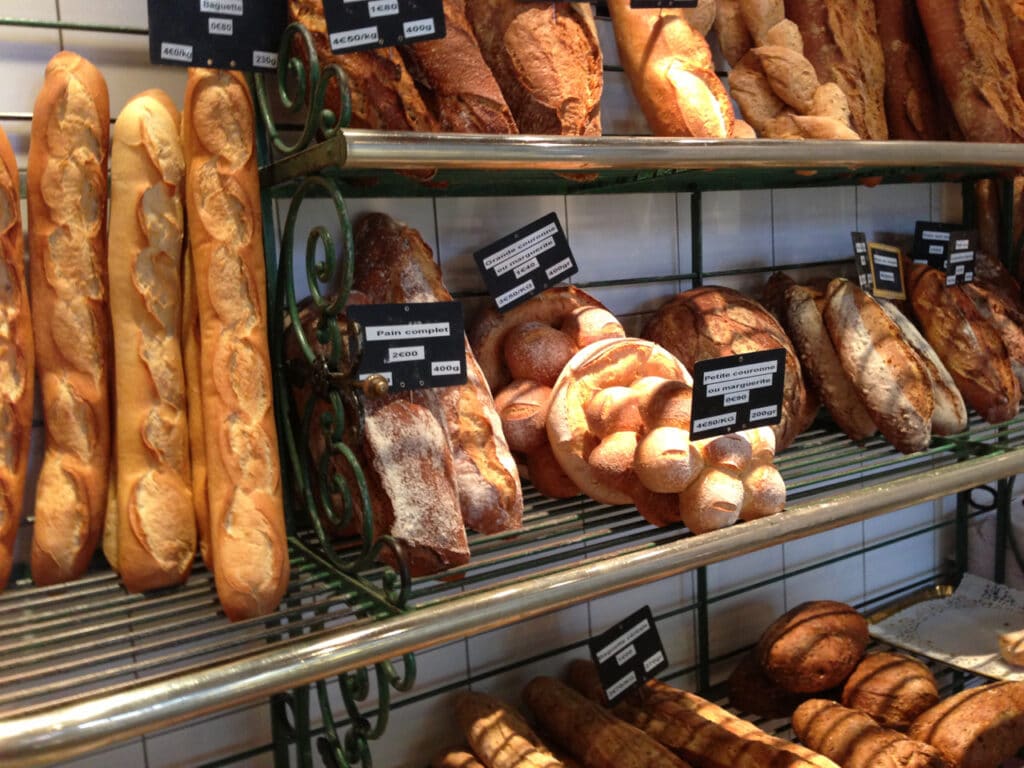
Whatever its origins, it is enjoyed, at times revered, and more than 30 million baguettes are eaten in France every single day.
French baguettes get UNESCO world heritage status the UN agency granted “intangible cultural heritage status” to the tradition of making the baguette and the lifestyle that surrounds them. Contributed by Leyla of Offbeat France.
French Gastronomic Meal
According to UNESCO the gastronomic meal of the French is a customary social practice for celebrating important moments in the lives of individuals and groups, such as births, weddings, birthdays, anniversaries, achievements and reunions. The gastronomic meal should respect a fixed structure, commencing with an apéritif (drinks before the meal) and ending with liqueurs, containing in between at least four successive courses, namely a starter, fish and/or meat with vegetables, cheese and dessert.
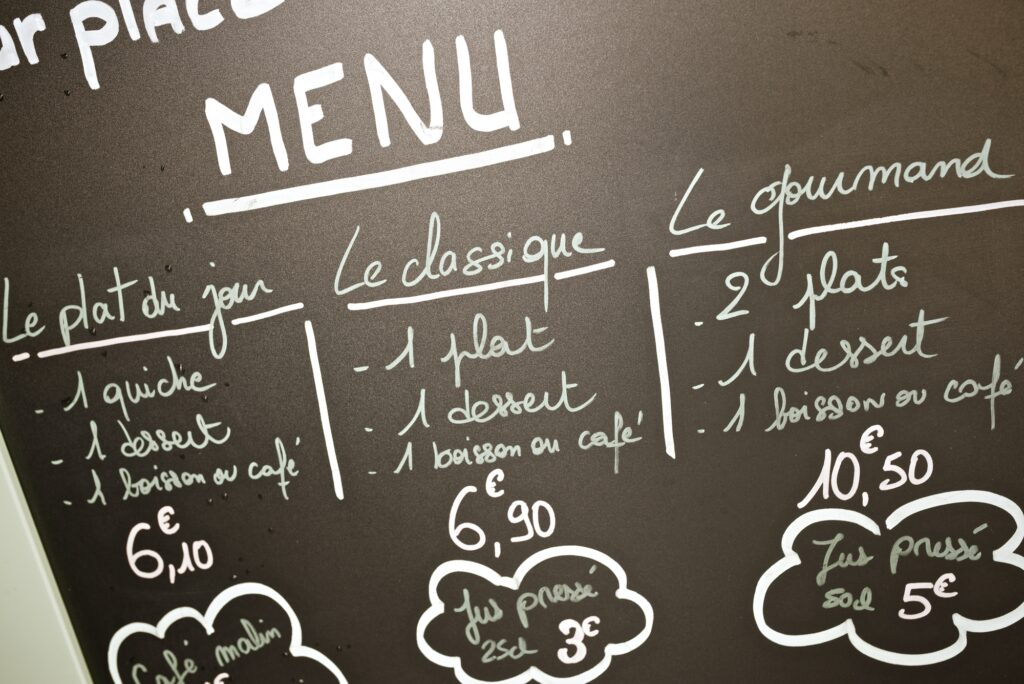
Mediterranean diet
Since the 1950s when interest in second-generation families who immigrated to the US from around the Mediterranean prompted long-term studies on heart health and overall diet, the Mediterranean Diet has topped the list as the best overall for preventing heart disease and stroke and promoting a healthy lifestyle.
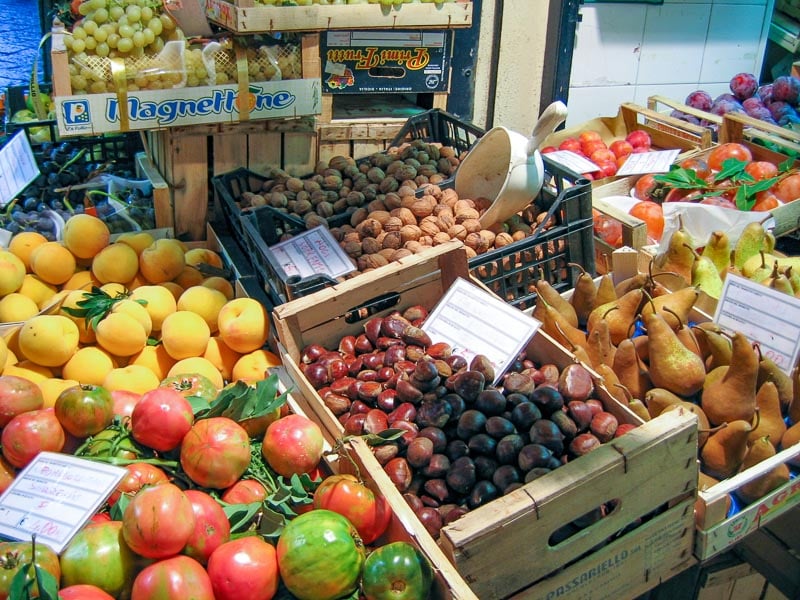
What is the Mediterranean diet and why is it so special? The diet refers to the foods and cultural traditions common in the 16 countries that border the Mediterranean Sea. While there’s not one standard diet, the traditional cuisines of Italy, Greece, Spain, Portugal, and other Med countries all have plant-based foods as the general foundation of their diet, supplemented with foods rich in monounsaturated and polyunsaturated fats.
Foods like olive oil — the primary source of added (monounsaturated) fat which lowers total cholesterol and low-density lipoprotein cholesterol levels — and polyunsaturated fats like mackerel, sardines, and albacore tuna, rich in omega-3 fatty acids which help fight inflammation.
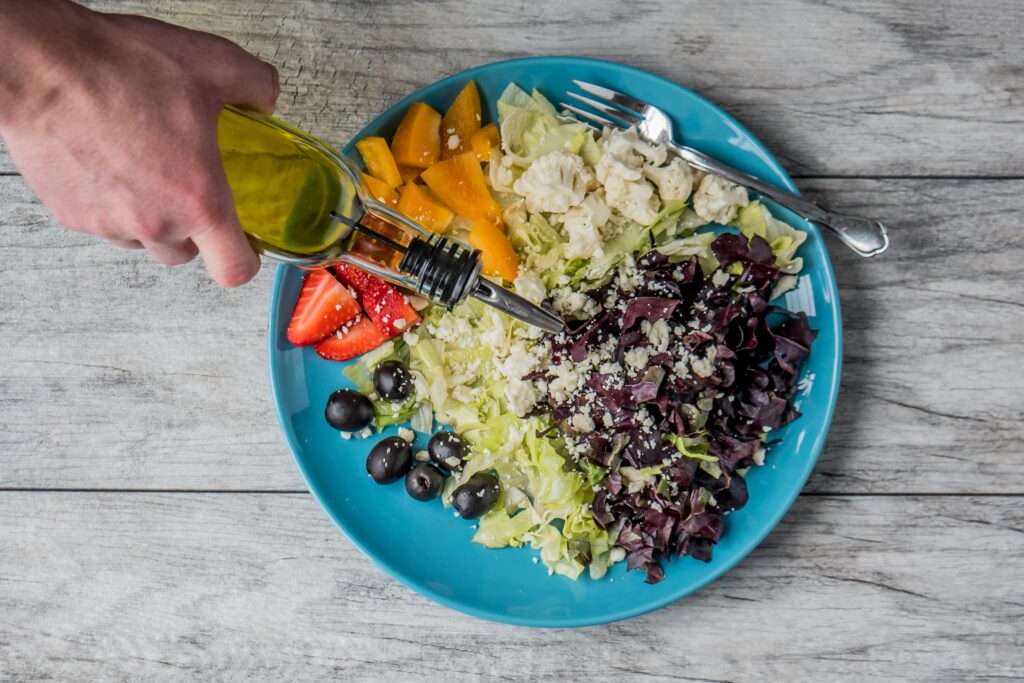
But the Mediterranean Diet was recognized as an Intangible Cultural Heritage of Humanity for more than just the food itself. The cultural knowledge and traditions behind food production is what earned this important designation. Growing crops, conservation, cooking, husbandry, the communal aspect of food — even adhering to a traditional seasonality of food growth — are all hallmarks of the Mediterranean diet. Contributed by Lori Sorrentino of Travlinmad.
Il-Ftira, Malta
Il-Ftira is an unleavened flatbread that is traditional in Malta. The name comes from the Arabic word for unleavened. Not quite flat the loaf is hand-shaped with a thick crust and a fluffy inside.
The bread is round and is usually served in Malta filled with tomatoes, tuna, olives, capers, basil and olive oil the perfect sandwich.
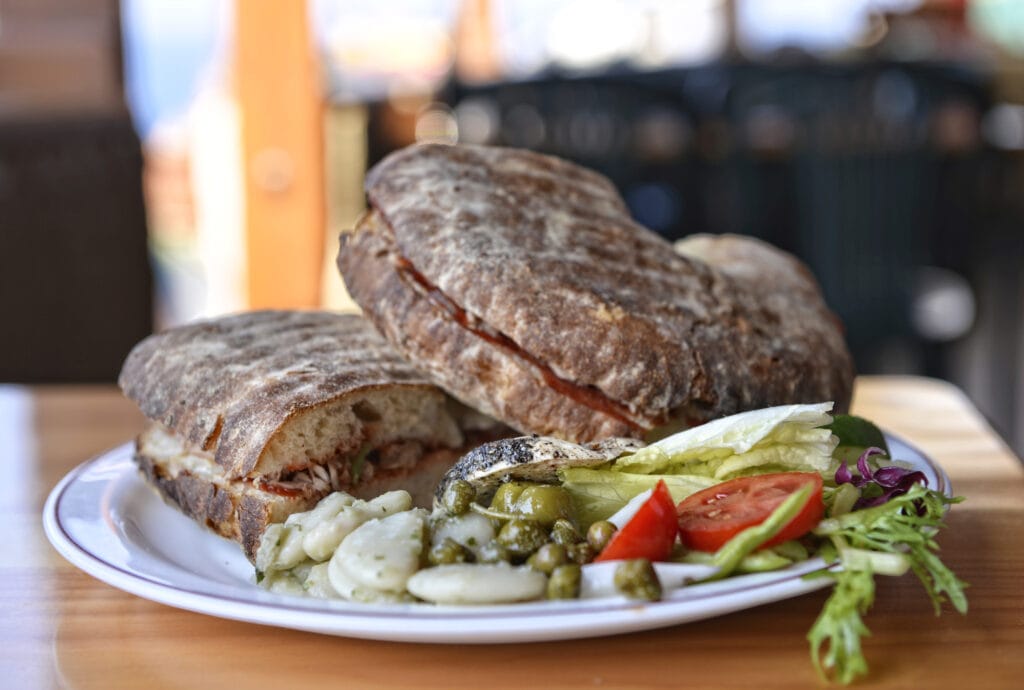
Naples’ Pizza Twirling Neapolitan Pizza
The Italian craft of the pizzaiuolo (pizza maker) earned a place on the UNESCO IHC list in 2017. Although flatbread with toppings has been eaten for over 7000 years, the Neapolitan pizza is in a class of its own. It is the most famous regional speciality of Campania.

In the 16th century, the harbour city of Naples was filled with hungry people with little money or time to eat. Pizza, at that time a simple flatbread, was popular street food for the poor. Neapolitan pizza as we know it today didn’t develop until the 18th century, topped with tomatoes and cheese. By this time, 54 pizzerias already existed in Naples. It took another few hundred years for the dish to become popular in the rest of Italy and the world.
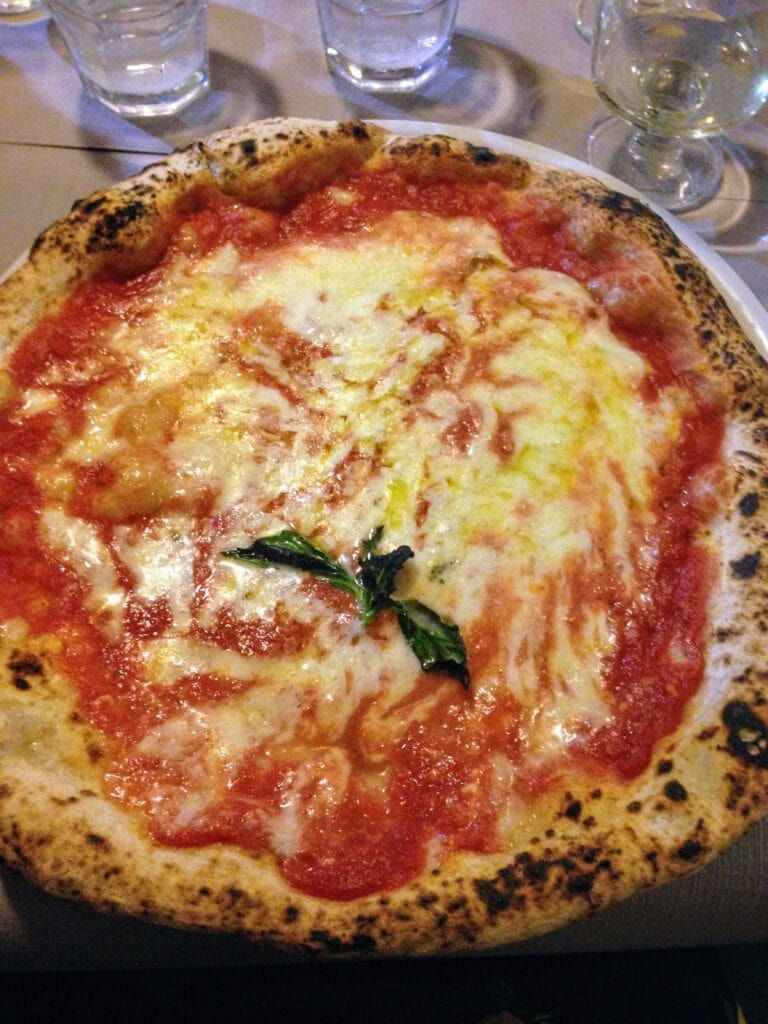
While pizza bakers were traditionally women, it is now a male-dominated industry. The process of becoming an official pizzaiuolo is rigorous. Years of apprenticeship under a master pizzaiuolo are required before one can join the ranks of the now 3000 pizzaiuolos in Naples.
The official Association of Neapolitan Pizzaiuoli safeguards the quality and traditions of Neapolitan pizza. Strict rules apply to the ingredients and process by which the pizza is made. Contributed by Sophie of Justheadingout.
Parmigiano & Prosciutto – Italy
One of the speciality ICH foods that you will discover when visiting the Emilia Romagna region, one of the main breadbasket regions of Italy is Parmigiano Reggiano and Prosciutto di Parma found in the Bologna and Parma region of Italy. With thousands of years of handcrafted knowledge, history and tradition, both of these products have made their mark of their designated titles of special food designation.
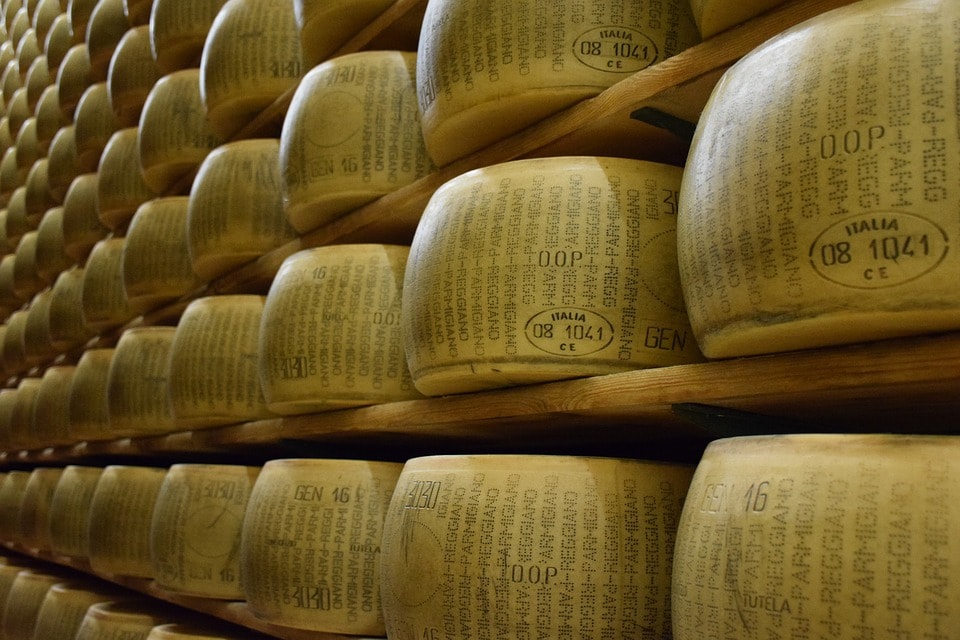
Both of these speciality food products are available to visit factories in the Parma, Modena and Bologna regions of Emilia Romagna to tour the facilities and also enjoy these delicious speciality foods that are designated as PDO or a protected product of origin from the specific region of production.
When you visit the production houses, you get to visit and see the curing process and stored in curing houses typically 12 months for the Prosciutto di Parma and Parmigiano Reggiano for also the same period. Parmigiano is typically produced in the production facilities around Reggio Emilia, Parma, Modena and Mantua.
You’ll find these two speciality products for sale all throughout Italy and served in markets, restaurants and speciality food venues around the country and also exported to international markets to enjoy both speciality foods. Eaten raw or used as an ingredient for a dish, both Parmigiano Reggiano and Prosciutto di Parma add so much flavour and accent any type of dish requiring either ingredient. Contributed by Noel of Visit California and Beyond.
Hyderabad: UNESCO Creative City of Gastronomy
Indian food is known the world over as a sophisticated and mouth-watering cuisine of astounding variety. The diversity of India has given rise to some distinctive and iconic cuisines, such as that found in the south Indian city of Hyderabad. Known as the City of Nizams, Hyderabad was recently heralded as a UNESCO Creative City of Gastronomy.
Hyderabad was one of 66 cities tagged for inclusion on the Creative City list in 2019, and probably few in India were surprised. Hyderabad’s cuisine has a long and noble heritage, with a history of migrants from all over the world contributing to it. Biryani, Kebab, Haleem, and Nihari are well-known Hyderabadi favourites: Biryani originated in Persia and Haleem is an Arab dish. Until 1948, when Hyderabad was integrated into the new Indian Union, it was the largest and most prosperous among all the princely states.
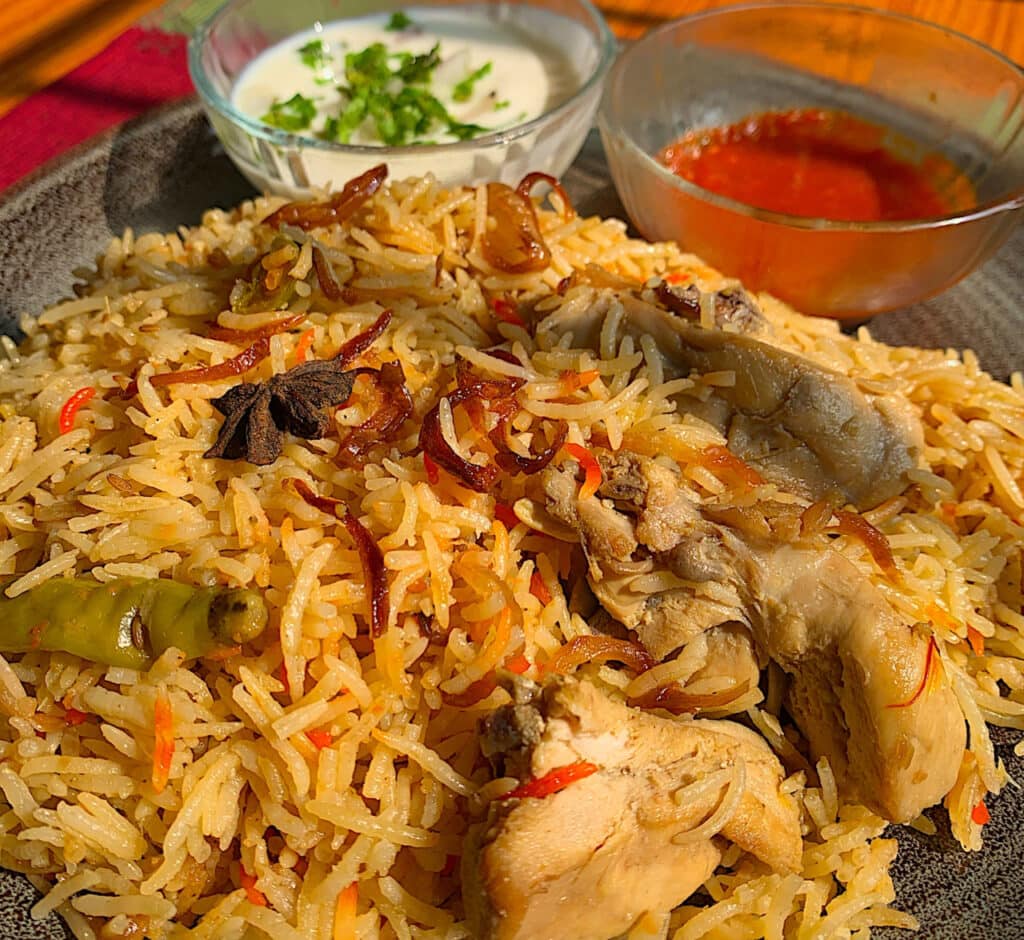
The cuisine of Hyderabad may share some famous Indian foods with other parts of India, but in the City of Nizams, they are always unique. The richness of the flavours and aromas helped ensure Hyderabad had a place in the gastronomy category.
With a population of 10 million (or more) the food culture is also very well supported. Big and small food enterprises dot the city. There are about 2,200 formally registered restaurants, but some say there are 100,000 informal food outlets. Exuberant, time-honoured festivals like Ramzan and Bathukamma also add to the vibrant food culture of Hyderabad. At these festivals, food and feasting are the star attractions, with thousands trying and appreciating traditional recipes. Contributed by Mariellen of Breathe Dream Go.
Ceremonial Keşkek, Turkey
Keşkek is a stew found in Turkish, Iranian and Greek cuisines and added to the UNESCO list as a Turkish ceremonial dish.
Keşkek is a hearty porridge stew-like dish that is served in Turkey at weddings, celebrations, and religious holidays. It is made of cracked wheat or barley with meat like chicken or mutton and sometimes lamb.
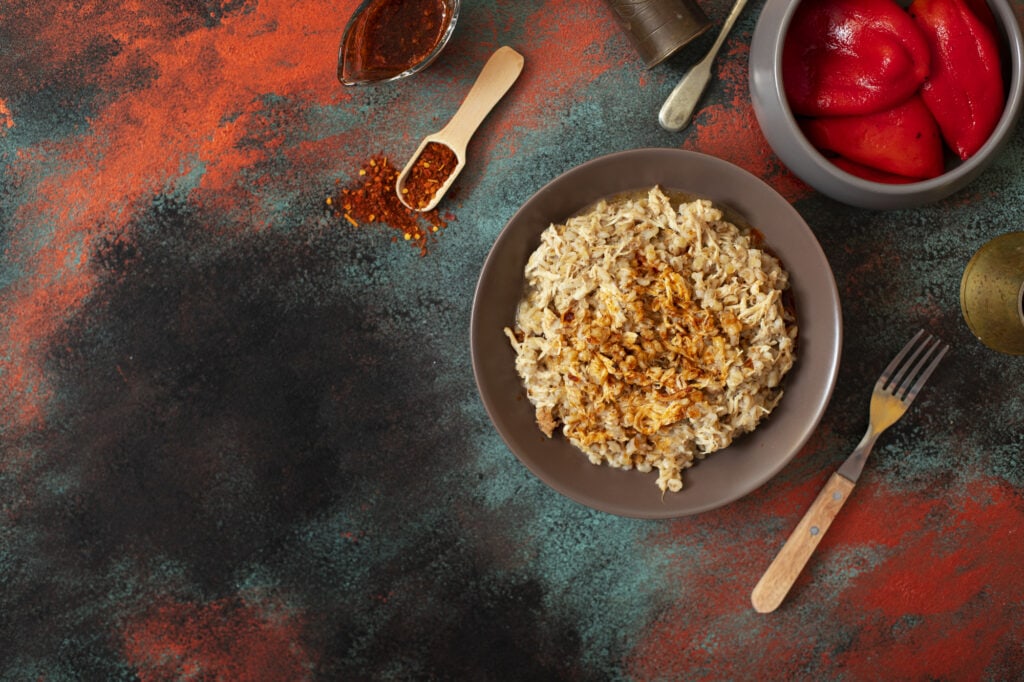
The ritual of preparation for the dish involves the whole village and the Keşkek is cooked over an open fire in a large cauldron, called Kazan with everyone taking turns stirring the pot.
Belgium’s Beer Culture
The people of Belgium have been appreciating and making beer for past many years. It is a living heritage of many communities throughout Belgium. It is an important part of their daily life and even for occasions. With over 1500 brewery styles, Belgium has endless beer to taste with various fermentation methods. Craft beer has become very popular in the country since the 80s. Due to its variations of beer and its significance in people’s social and culinary life, UNESCO has put Belgium’s beer culture in its list of Intangible Cultural Heritage of Humanity.
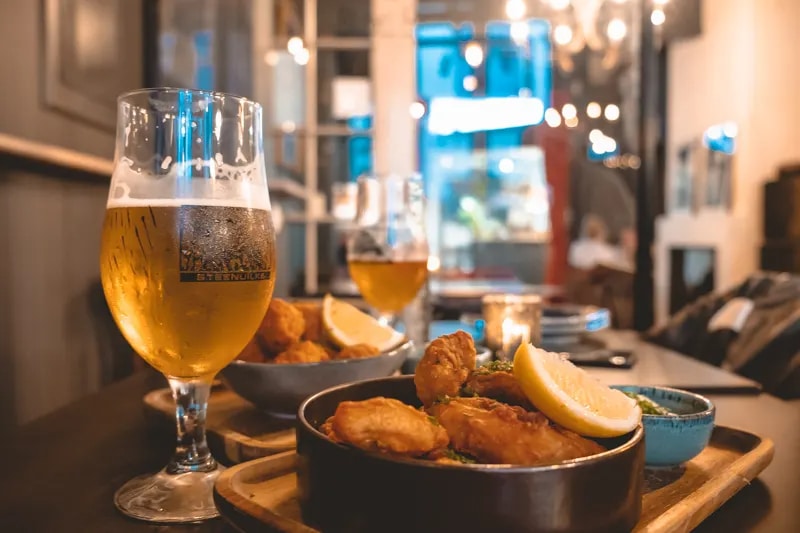
Certain areas in Belgium are popular for some particular beer varieties. While some other communities are also known to have been involved in beer production giving profits to charity. Additionally, Belgians also use beer in their foods to add flavour. Various breweries have also paired with different communities to spread awareness about responsible beer consumption. You will be able to see the influence of beer on a visit to Bruges in 1 day, you may even try popular beer tastings and tours. Contributed by Paulina of Paulina on the Road,
Mexican Food
Since 2010 traditional Mexican cuisine has been part of the UNESCO list of intangible cultural heritage. There is so much more to traditional Mexican food than just the Tex-Mex variations most people know. Mexican food has been westernised and adapted to American taste. This includes adaptations of fajitas, burritos and even the traditional taco.
Authentic Mexican tacos usually contain mostly cheese and meat with different salsas and spicy sauces. However, Mexican food and its heritage go beyond recipes and ingredients. It also includes certain rituals, practices, techniques and even farming strategies that date back thousands of years. It also focuses a lot on family and collective habits which are all based in ancient communities.
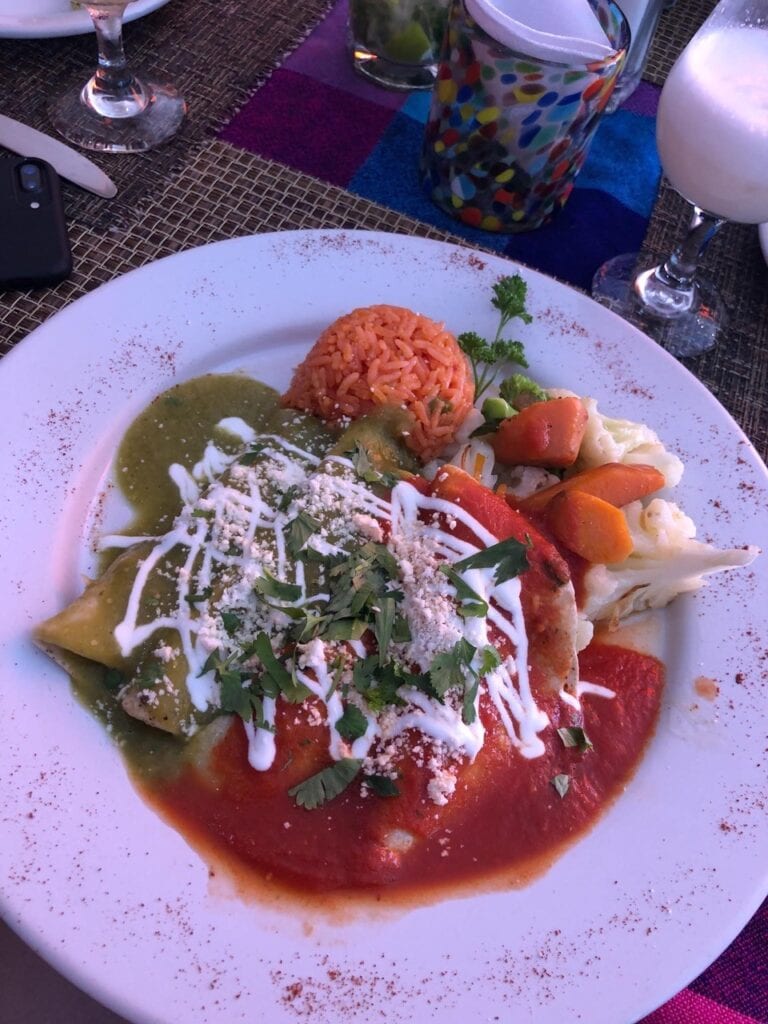
A lot of traditional Mexican recipes are based on corn, beans and chilli which are three integral ingredients in the cuisine. There are a lot of dishes based on native ingredients such as tomatoes, squash, avocados and cocoa. There are also a lot of important holidays in Mexico which are closely related to traditional foods. The Day of the Dead and its traditional offerings for example are an important part of the heritage. Social bonds and family relationships are extremely important for both the preparation and planning of foods. Contributed by Victoria of Guide Your Travel Blog.
Qvevri Wine Making in Georgia
Georgia and Armenia have cultivated wine as far back as the 6th millennium and this area is considered the birthplace of wine. The Qvevri method of winemaking has been used for thousands of years. A qvevri is a giant amphora-shaped clay urn that is buried in the ground to maintain a perfect constant temperature.
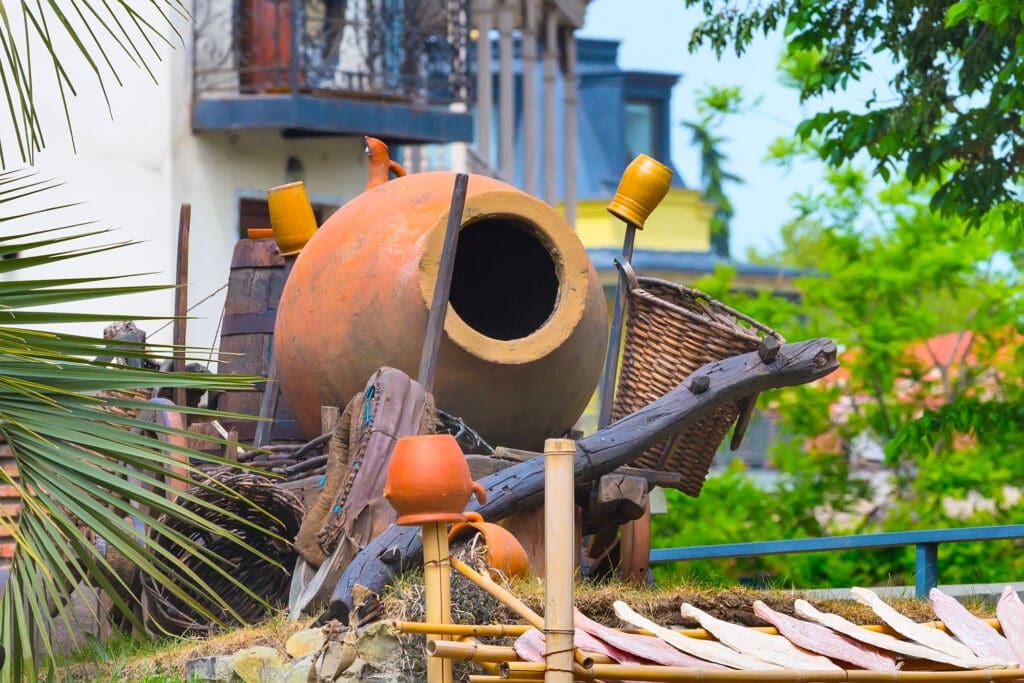
After the grape harvests, the grapes, including the skins, seeds and stalks are crushed and then put into the qvevri and left to ferment for 5 or 6 months. The skins, seeds and stems are called chacha and are used to create another drink by the same name after the wine has been decanted.
Gingerbread from Croatia
Gingerbread baked goods have become a symbol of Croatia. They were brought to the country by the church in the Middle Ages, but quickly became the work of local craftspeople. The tradition has been handed down through families of gingerbread makers, who developed their own decorating styles.

The heart, known as the Licitar Heart, is the most famous shape. These are given as gifts for special occasions, including birthdays, weddings and holidays. Licitar cookies are typically covered in red opaque icing with white icing designs, though the decorations can also use coloured icing. It’s popular for a mirror to be placed in the middle. Contributed by Emily of Wanderlush.
Lavash, Katyrma, Jupka & Yufka from Iran, Azerbaijan, Kazakhstan, Kyrgyzstan, Turkey
Lavash, as prepared the Armenian way was put on the list in 2014. However, this caused some controversy and led to protests in Azerbaijan, Iran, Kyrgyzstan, and Kazakhstan claiming that lavash was “regional”, not “Armenian”. This led to UNESCO placing both types of lavash on the list.
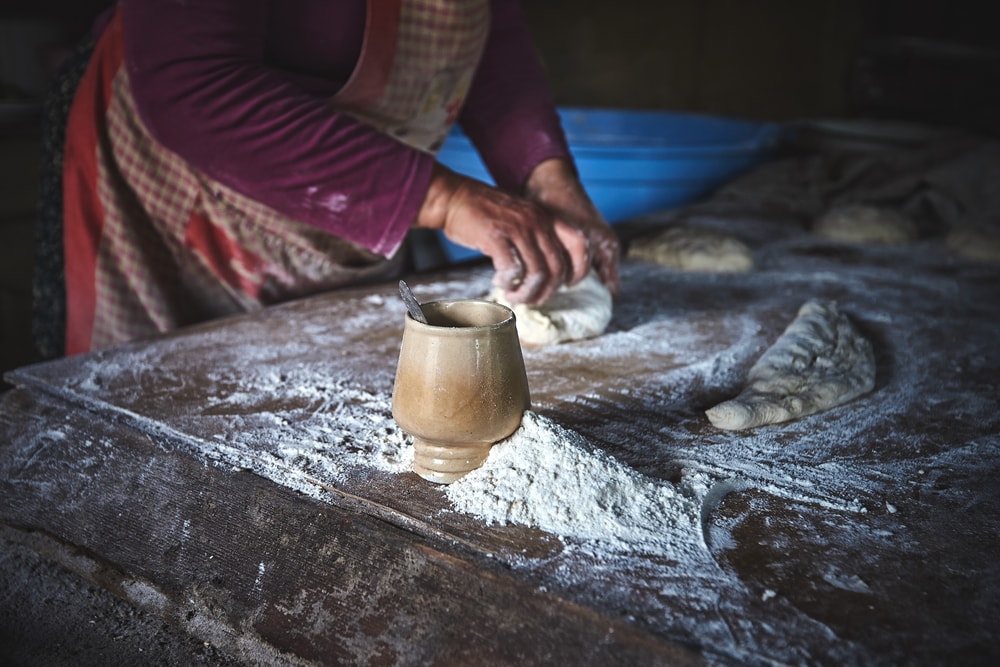
Lavash is integral to Armenian cooking and the making of lavash is typically done by a group of women. The dough is a simple one just wheat flour and water rolled so thin you can read a paper through it. It is then put on a special cushion and slapped against a wall of a clay oven.
In Turkish cuisine lavash is made with yeasted dough and Yufka is typically an unleavened flatbread.
Oshi Palav, Tajikistan
Oshi Palav is a rice-based dish known as a ‘dish of peace’ in Tajikistan as it brings people from different communities together. Oshi Palav is a sort of pilaf made with lamb and rice, carrots and onions simmered in a broth. There are thought to be over 200 versions of the basic recipe and the dish is prepared in huge quantities and served at all significant social gatherings, celebrations like funerals and weddings and festivals.
The making of the dish is accompanied by socialising and celebrating and when shared eating you’re your hands from a communal dish it is a symbol of friendship and community.
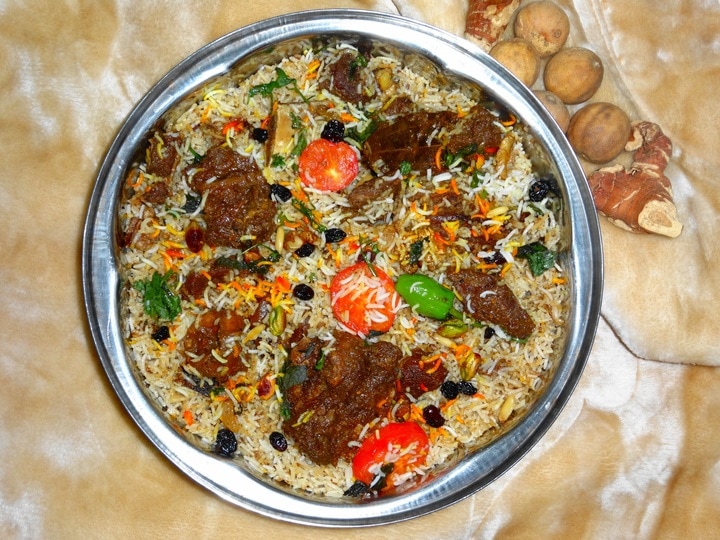
Palov – Uzbekistan
Palov is another rice pilau dish and in Uzbekistan, it is served on every occasion. Palov includes rice, with meat, vegetables, spices and sometimes berries and raisins.
Legends say that Alexander the Great invented it himself as a way for his troops to cut back on mealtimes and eat the same thing three times a day.
Kimjang – Kimchi in Korea
Kimchi, a spicy fermented cabbage dish that is central to Korean cuisine, has been powering the heart of the Korean people for centuries thanks to its many health benefits. Koreans eat kimchi throughout the day, putting it with rice for breakfast, as well as most other meals. This food is so special that it even has a whole day dedicated to making and storing it for the year ahead – kimjang.
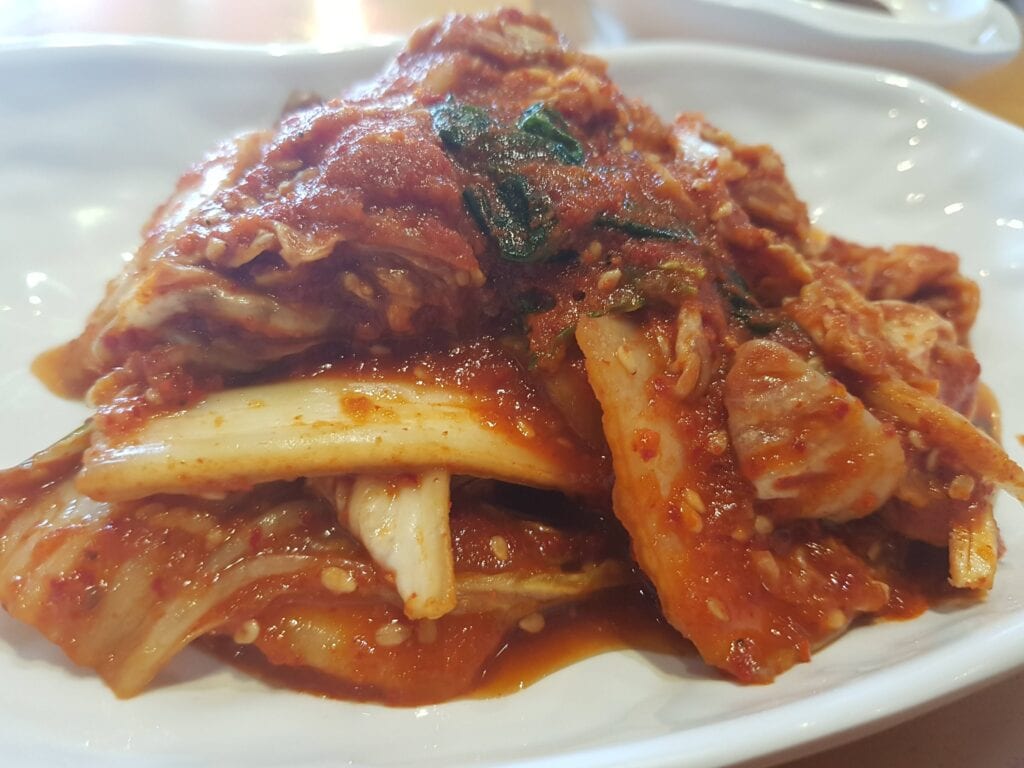
Koreans have been making kimchi for centuries, harvesting the cabbages and radishes that make the more than 200 types of kimchi, rubbing spices, garlic, and other ingredients into them, and then leaving them to ferment over the cold winter months in large stone pots. Although Kimchi itself isn’t listed as an Intangible Cultural Heritage of Humanity, the process of making kimchi, kimjang, has been recognized as a vital part of Korea’s heritage.
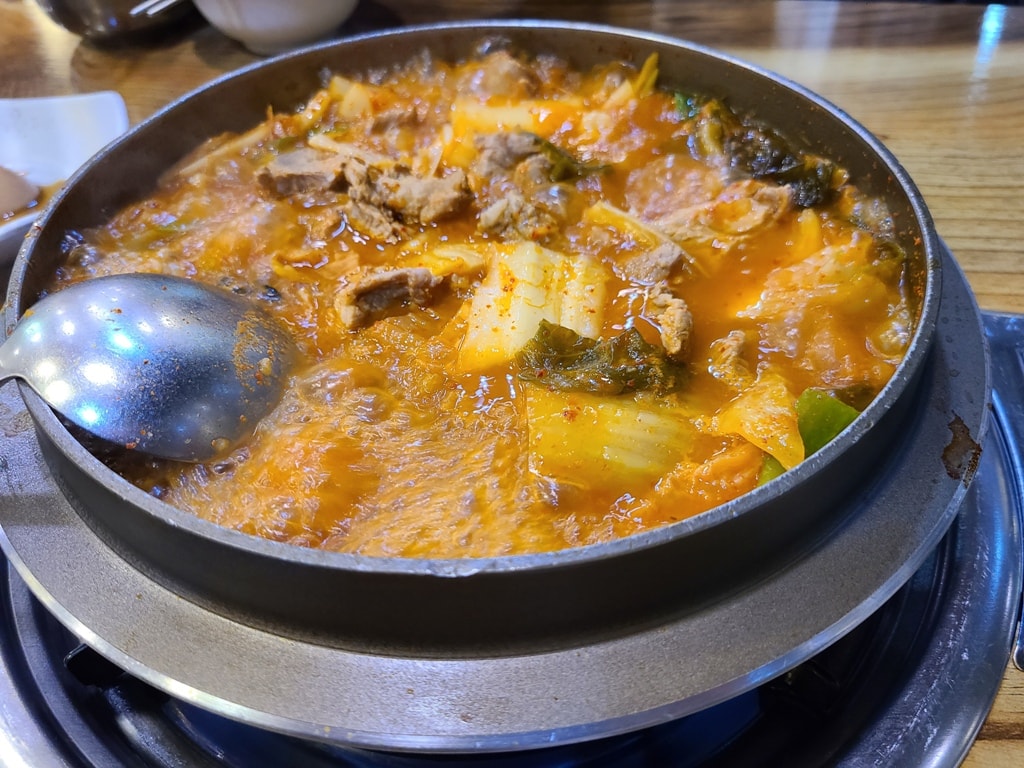
This ubiquitous food has long been an essential part of the Korean diet. You can find kimchi as the main ingredient, such as in kimchi jjigae (kimchi stew), as an essential accompaniment to traditional Korean dishes, such as samgyeopsal (Korean BBQ), or simply as a side dish to be munched before or with your meal. Contributed by Joel from In My Korea.
Couscous
In December of 2020, couscous was added to the UNESCO intangible heritage list. This recognition is shared amongst the countries of North Africa; Morocco, Algeria, Mauritania, and Tunisia. These four countries have long held one or the other was the originator of the dish however, with this they agreed it’s a shared heritage among them. The making of this dish dates to rough the 3rd century BC by the Amazigh – the first inhabitants of the region and is recorded in written format from the 13th century.
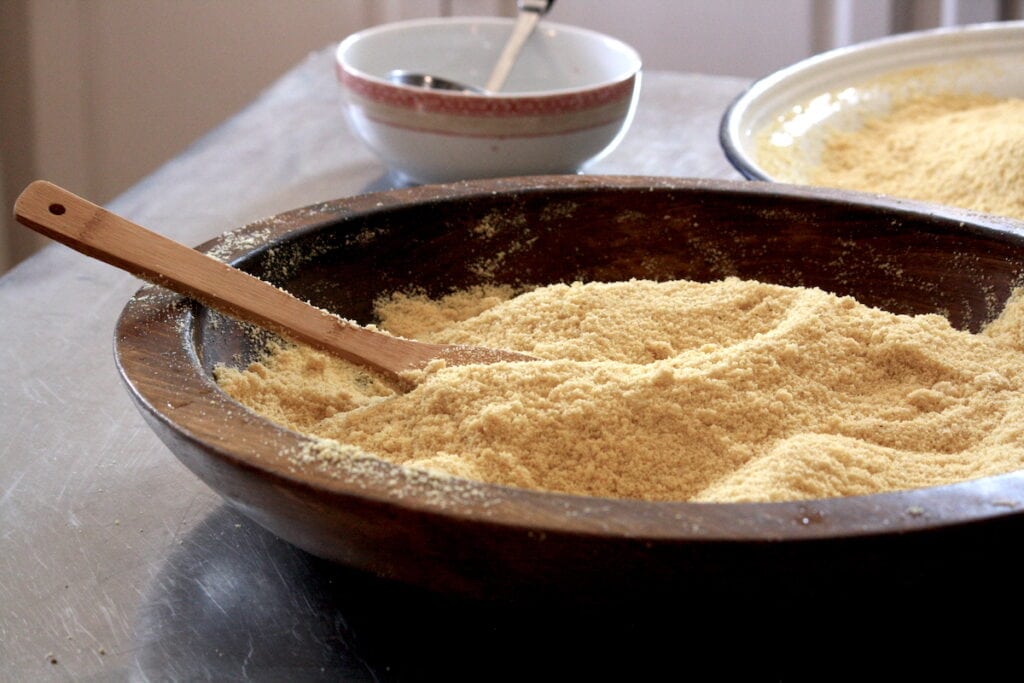
There are dozens of different preparations and the dish is made by people at every level of society. Normally couscous is a dish reserved for Fridays in Muslim homes but is also prepared equally as often by North African Jews.
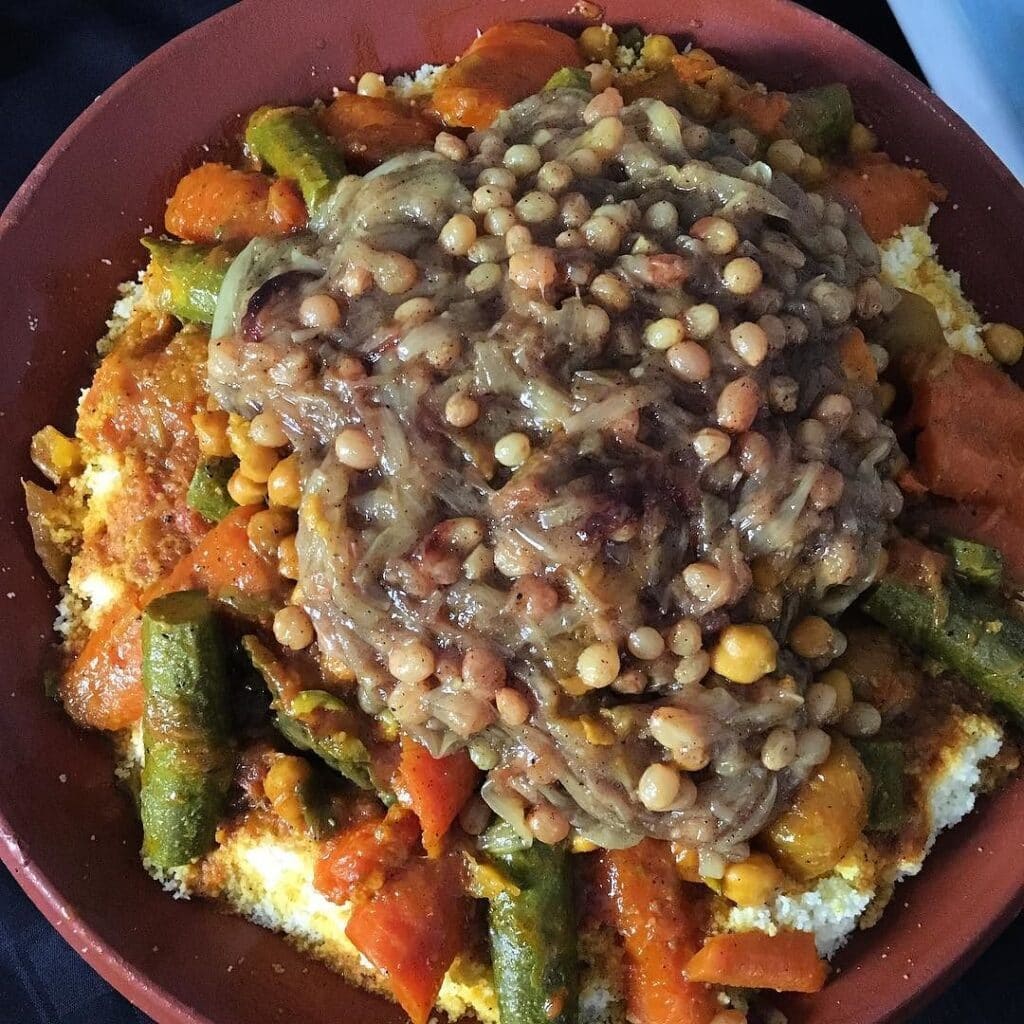
Simple grains of semolina is rolled into small balls and steamed on top of a rolling pot of liquid containing the stew that will top the couscous. The stew is well spiced and can be sweet or savoury. Contributed by Amanda of MarocMama website, Morocco Trip Planning and Marrakech Food Tours,
Nsima – Malawi
Nsima is found in Malawi in Southern Africa and is a staple porridge made with corn or maize flour. The flour is thickened and then allowed to become solid (somewhat like ugali from East Africa). The Nsima is served with virtually everything in Malawi. It is eaten by taking a small ball of the dough and pressing your thumb into it to form a scoop This scoop is then used in a spoon-like fashion to better scoop up the main dish such as soup or stew.
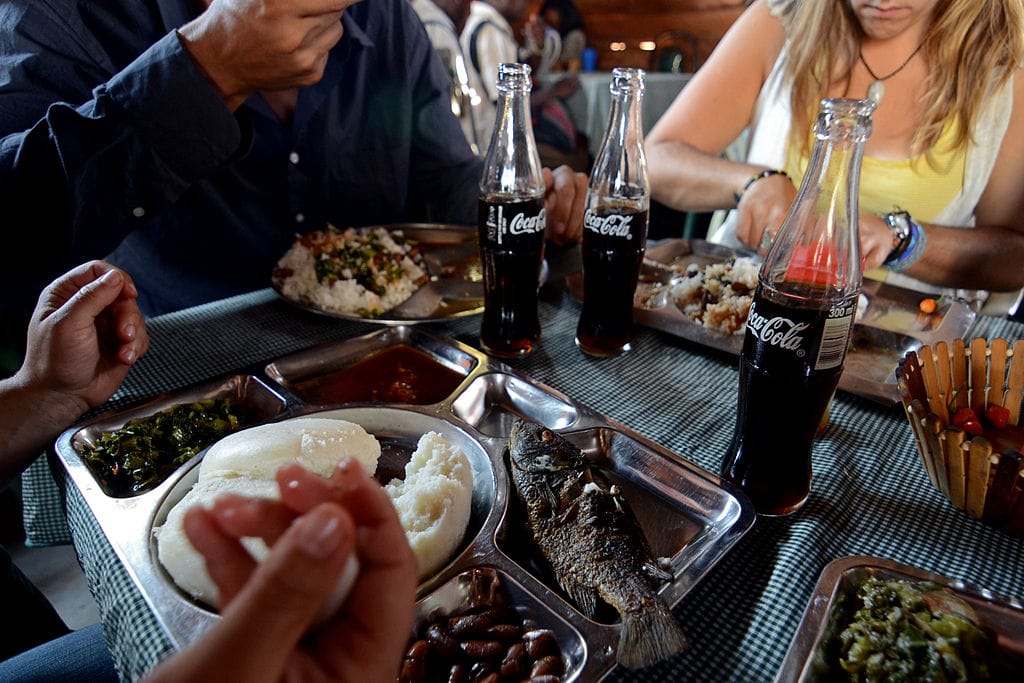
Washoku – Japan
Traditional Japanese cuisine, known as washoku (wa meaning ‘Japan’ and shoku denoting a term ‘related to eating’), was registered as Intangible Cultural Heritage of Humanity in December 2013. Enlisted as the “Traditional Dietary Cultures of Japan,” four important reasons were cited for its special recognition.
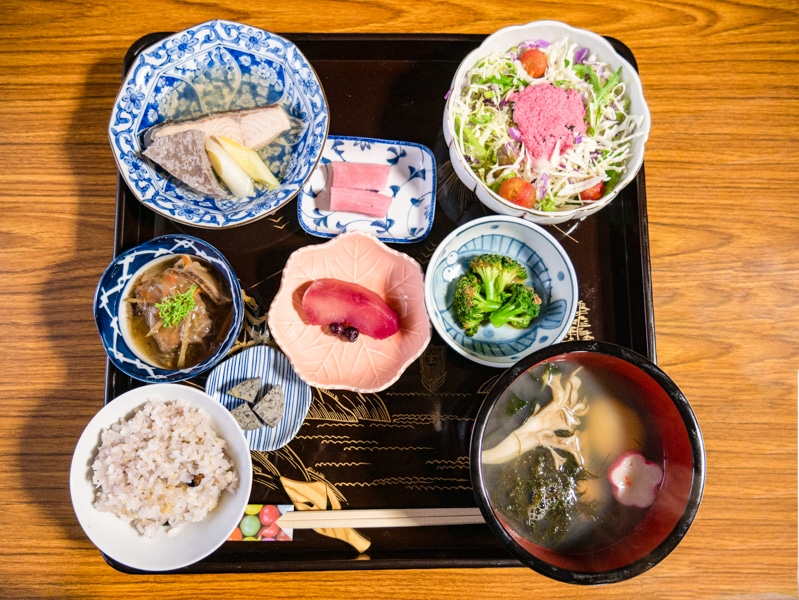
First is the diversity and freshness of ingredients, and respect for inherent flavours. Every region of Japan has its own speciality dishes that utilize the freshest, locally sourced ingredients, and focus on allowing natural flavours to stand on their own.
The second is nutritional balance. Traditional Japanese cuisine typically follows the concept of ichijū sansai or “one soup and three side dishes” which helps support a nutritionally diverse and healthy diet.
The third is the expression of nature and the changing seasons. Japan’s culinary culture is intimately tied to the natural world with ingredients, flavours and garnishes, right up to the cutlery and crockery used, reflective of the seasons.
The fourth is its intimate relationship with annual events, especially the New Year, which features its own special dishes called osechi ryōri, all of which carry symbolic and auspicious meanings.
All of these elements come together to create a unique culinary culture seen nowhere else on Earth. Contributed by Jessica Korteman, Japanese Food Guide
Dolmas – Azerbaijan
The name Dolma comes from the Turkish ‘doldurma’ which means stuffed. You can find dolmas in many countries including Greece, Cyprus and Turkey. In Azerbaijan which made the list dolmas are traditionally pre-cooked grape leaves wrapped around fillings of minced meat, rice, onion and herbs.
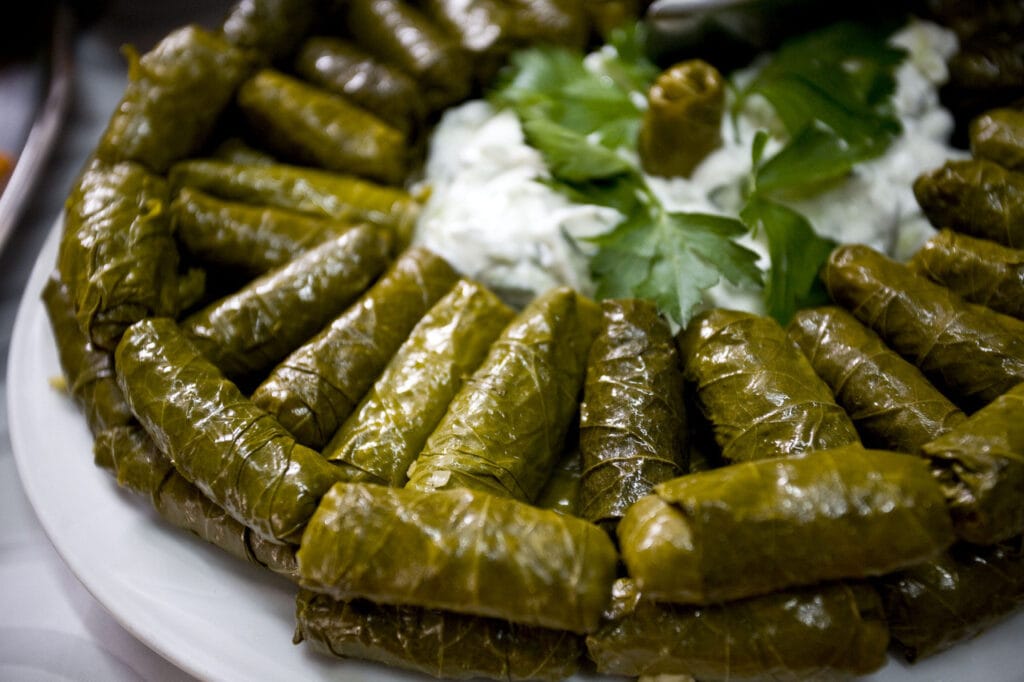
The traditions of creating dolmas are found all over Azerbaijan and are usually prepared by women of the community in a group or communal way. Dolma are enjoyed on special occasions and gatherings and expresses solidarity, respect and hospitality. It is transmitted from generation to generation and transcends ethnic and religious boundaries within the country.
Sichuan – Chengdu City of Gastronomy
Describing Sichuan cuisine as spicy is definitely an understatement. Sichuan cuisine is known for its incredible level and layers of spiciness and liberal use of different kinds of pepper and spice. It’s not all just fire though, the beauty of Sichuan food is in the balance and harmony between spice and sweet, bitter, salty and sour.
The food of Sichuan province is the most popular cuisine in China, but the best place to tuck into the real deal is of course in the capital of the province, Chengdu. The food in Chengdu alone is worth a trip to China.
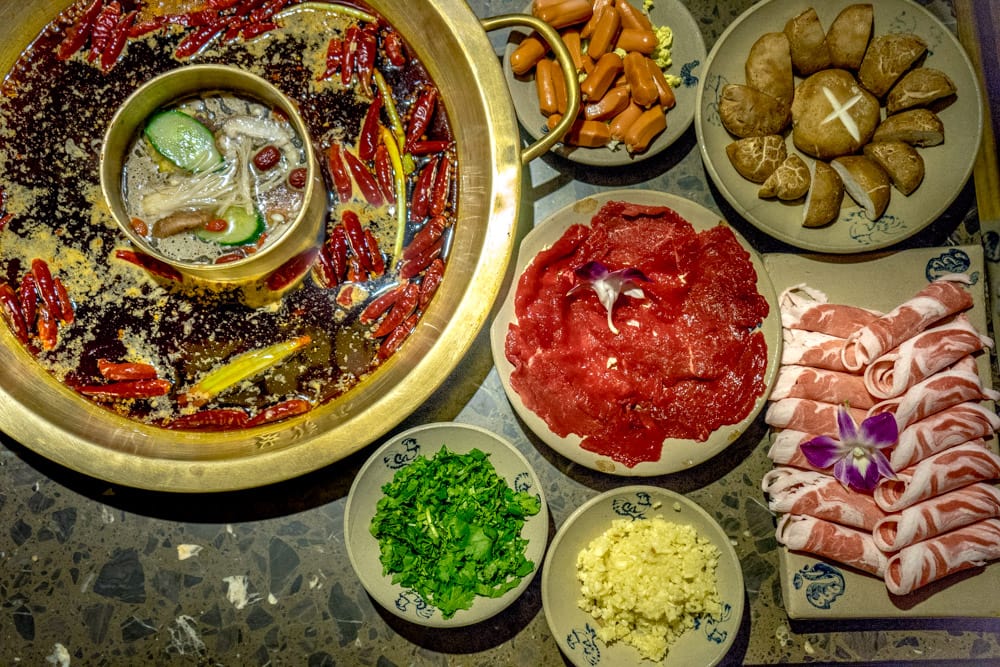
Chengdu was the first city in Asia to get the prestigious title of UNESCO City of Gastronomy in 2010. This accolade recognizes the role that food plays in the culture of Sichuan and also celebrates its rich culinary traditions.
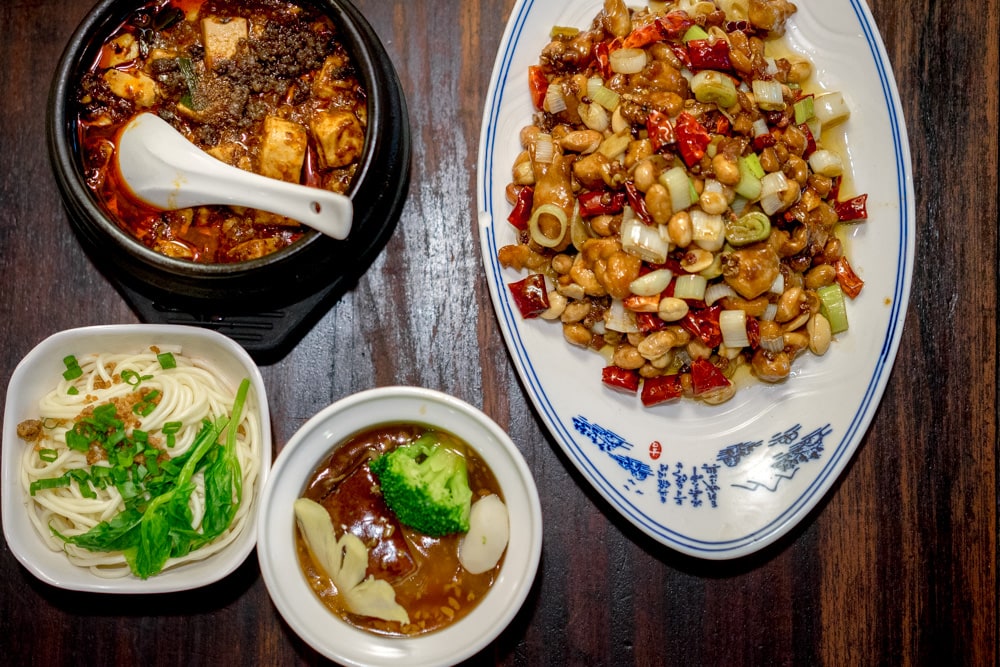
Famous food from Chengdu includes Sichuan hotpot, Kung Pao Chicken, Mapo Tofu and Dangdang noodles. All these dishes have one thing in common: the liberal use of Sichuan pepper. Sichuan pepper, or Chinese prickly ash, is known in China as mala, and when mixed with chilli peppers, creates a numbing and tingling effect on your lips and tongue. The best way to describe this effect is something between a mild electric shock and the tingle when having a fizzy drink. Contributed by De Wet & Jin from Museum of Wander
Krakelingen and Tonnekensbrand – Belgium
Krakelingen and Tonnekensbrand are the names of annual centuries-old festivities in Geraardsbergen which was first noted in 1393. This is an end-of-winter Bread and Fire Feast.
The feast incorporates fire, krakelingen or round bread, and live fish. These days the priest blesses the bread and then the religious and governmental authorities drink from a goblet that contains wine and tiny live fish. The bread is thrown into the crowd and whoever catches it wins a prize.
The festival, although it contains Christian elements incorporates pagan rituals and pre-Christian rites that originate from the Celtic period.
Winegrowers’ Festival – Switzerland
In Vevey, Switzerland the Winegrowers’ Festival takes place over three weeks and features many different events. The theme of the festival is that of working the earth and the vines. There are parades, feasting, cow herding and much wine drinking. The tradition encourages a community spirit and helps to continue the generations of knowledge of the master winegrowers.
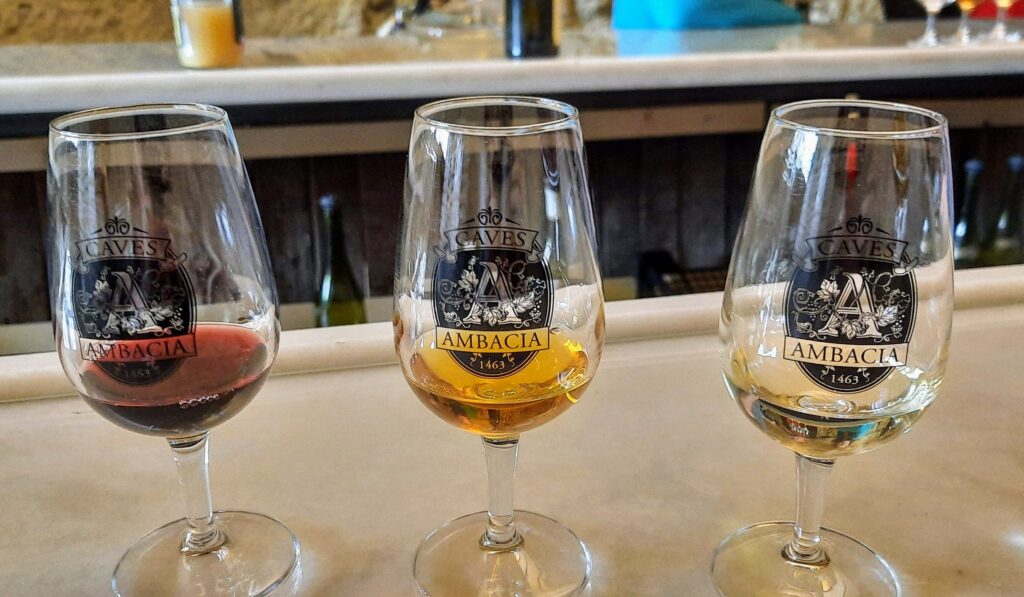
Terere – Paraguay
Terere is an ancient drink found in Paraguay and it is related to the Yerba Mate which is found all across South America.
Terere is made using a historic blend of medicinal herbs called Poha Nana. The herbs are mixed with cold water, and ice (unlike Mate) and brewed into different strengths. Each herb has unique healing properties, and the way they’re combined to brew different drinks is part of every family’s tradition in Paraguay.
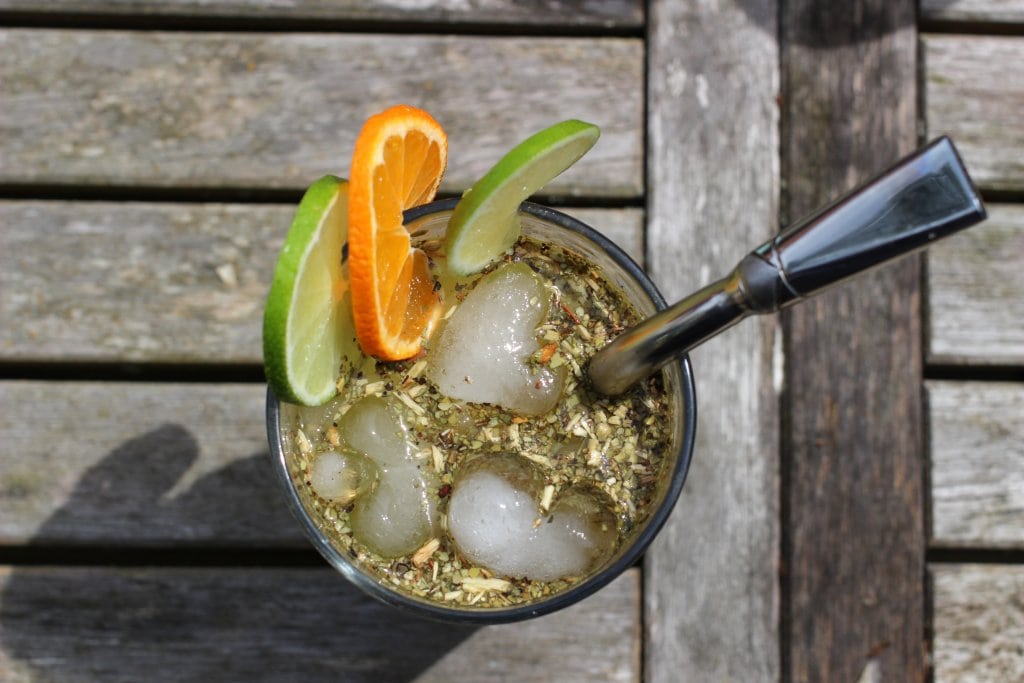
People usually prepare one jar of tereré and share it drinking it through a special straw called a bombilla with a group of people. This was an important ritual of trust and communion dated back to the 15th century.
Peruvian Ceviche
If you want to discover Peruvian culture through food, there is no better Peruvian cuisine to try than the Peruvian ceviche (don’t confuse it with Mexican ceviche). As the national food of Peru, the Peruvian ceviche encompasses different aspects of Peruvian culture and geography. Ceviche was selected to represent solitary Peruvian gastronomy in UNESCO, trying to get this important title.
For those unfamiliar with the delicious Peruvian ceviche, it is a dish made primarily with raw fish and country-specific Peruvian lime. The dish is served with sweet potatoes (camote in Spanish) and choclo, or Peruvian corn. The ceviche uses ingredients from all different regions of Peru: fresh fatty fish from the Pacific Ocean neighbouring the coastal cities, rich Peruvian limes from the rich soils, filling choclo grown in the Peruvian Andes, and camote, one of the 4000+ varieties of potatoes grown in Peru.
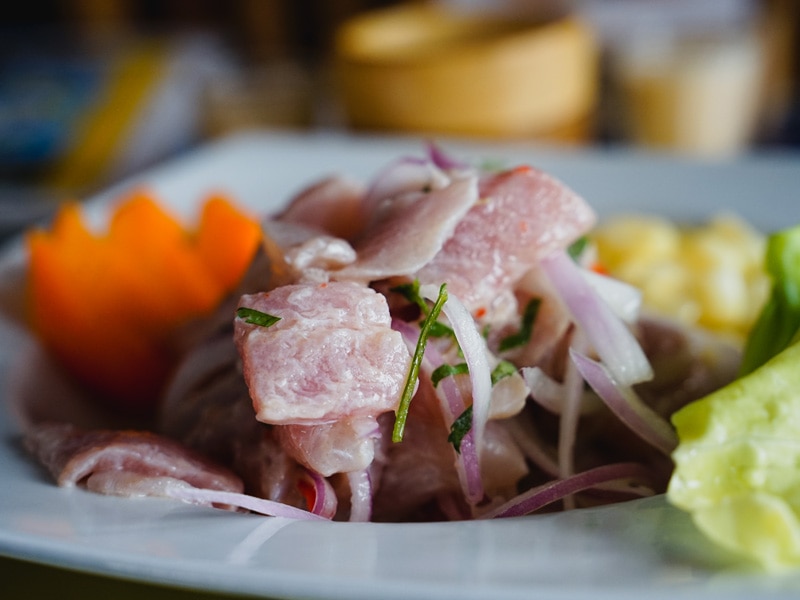
Historians also believe that ceviche originated in Northern Peru from a coastal civilization called the Moche more than 2000 years ago. In a sense, eating Peruvian ceviche is experiencing all the years of history and the diversity of landscapes that make up Peru. Trying Peruvian ceviche is a quintessential part of any Peru itinerary, but most travellers are surprised by how tasty Peruvian ceviche is. Contributed by Sean of Livingoutlau.
German Bread
Bread is such an integral part of life in Germany that UNESCO has made German Bread Culture an Intangible Cultural Heritage. Experts estimate that you can find more than 300 different types of bread across the country, and trying them is one of the best things to do when travelling across Germany.
German bread is so ingrained into daily life that one of the most common complaints you hear from Germans who travel is that they can’t find their favourite type of bread abroad.
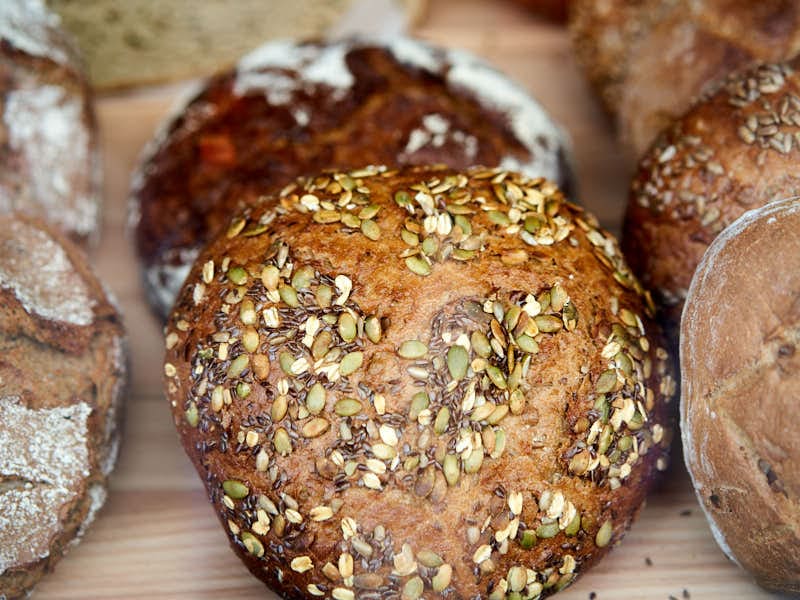
The most popular types of bread often have mixed flours. Bread based on both rye and wheat, for example, is very common, as well as many kinds of whole-grain bread. You can also often buy bread with seeds, like linseed, sesame or sunflower seeds.
Germans love dark bread, and one of the darkest types you can find in the country is called Pumpernickel. It consists of whole-grain rye and is so dark that it looks almost black.
Many Germans eat either bread or bread rolls for breakfast, often topped with cheese, cold meats, honey or jam. Traditionally, bread is also part of dinner. Abendbrot, as Germans call this meal, literally translates to “evening bread”. The meal is similar to breakfast, where locals will enjoy sliced bread with cheese and cold meats. Contributed by Daniel and Ilona from Top Travel Sights
34 Tantalizing German foods – what to eat in Germany
Singapore’s Hawker Centers
There is no doubt that Singapore is one of the world’s finest food destinations. The small city-state has developed a unique manner in which to serve great numbers of people and keep costs down. With a history of loving street food and the necessity for hygiene and regulation, hawker centres were created.
A hawker centre is somewhat like a mall food court where various vendors can sell their wares by renting out a space and having a communal dining area. The main difference is that hawker centres are a respected place to find fine Singaporean food, unlike a food court’s lean toward fast and unhealthy meals.
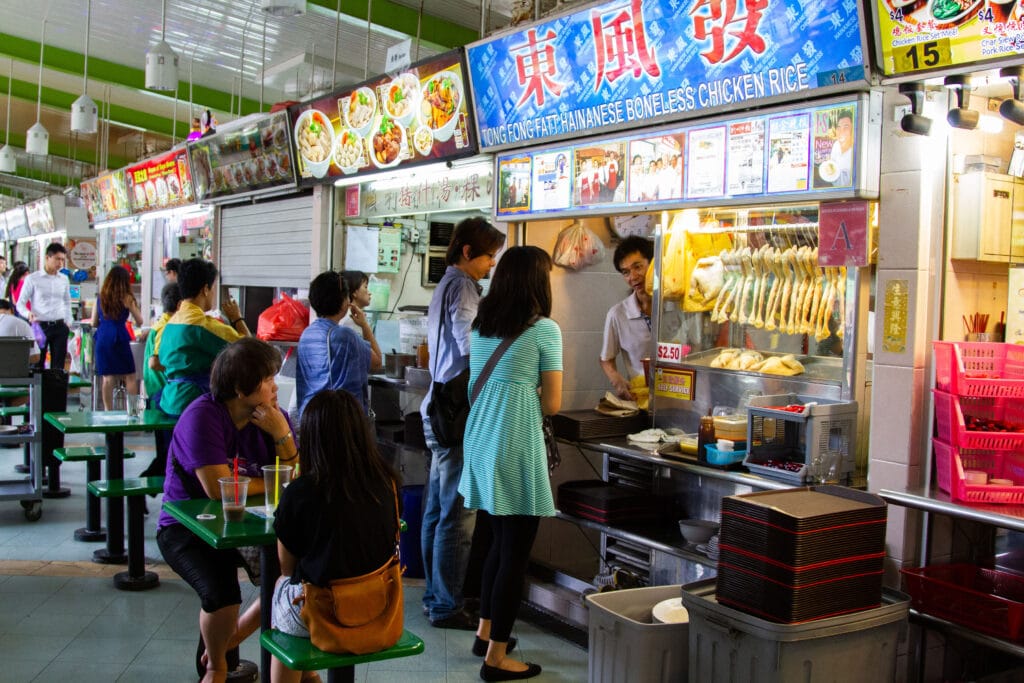
Hawker centres are large, organized, and have upwards of 100 vendors. Some have outdoor spaces, and some have been around for decades. There are many ways they vary, but what is always the same is the vendors are concentrating on only a few iconic dishes and perfecting their dishes. Some even have reached Michelin Bib Gourmand status.
Known for highlighting Singaporean food at its best, if travelling there you will definitely want to try some of these amazing dishes: Hainanese chicken rice, satay, Nasi Lemak, Bak Kut Teh, and Fried Carrot Cake. Many centres also offer some western foods as well. You can be sure that one way to save money while travelling in Singapore is to utilize the abundance of hawker centres. You will truly see how it is a cultural highlight. Contributed by Corinne Vail of Reflections Enroute
Viennese Coffee House Culture
The tradition of Viennese coffeehouse culture has been on the list of the Intangible Cultural Heritage of Humanity since 2011 and therefore a visit is also on the fixed program of every Vienna itinerary for many tourists!
Characterized by a special atmosphere, these coffee houses are the place where “time and space are consumed, but only coffee is on the bill”. There is available a wide variety of coffee drinks, but also delicious pastry creations.

The typical decoration is charming, with the marble tables, many details, the old furniture, the little newspaper tables and the nostalgic flair. The history goes back to the 17th century when the Turks brought the coffee bean to Vienna and the first coffee house was opened in 1683.
Once only men were allowed into the coffee, more than 170 years later in 1856 women were also allowed in. The coffee house became more and more a place of transnational literary communication, a meeting place for artists, and also played a not insignificant role in politics. Even today, every coffeehouse offers free newspapers to read, a free glass of water with every drink, you can sit as long as you like and they also usually serve hot meals as well. Contributed by Martina of PlacesofJuma
Food bonds us through culture, societal traditions and celebrations and stands as a very important part of our cultural heritage and even personal identity. The hunt for ‘authentic’ foods when travelling has become almost ritualized and ‘foodies’ search out the ‘real’ culture of a place they visit to try the foods they have only dreamed about when reading their travel books. What foods are you dreaming of trying out?
You might also like.
148 National Dishes of countries around the world
42 best breakfasts in the world
